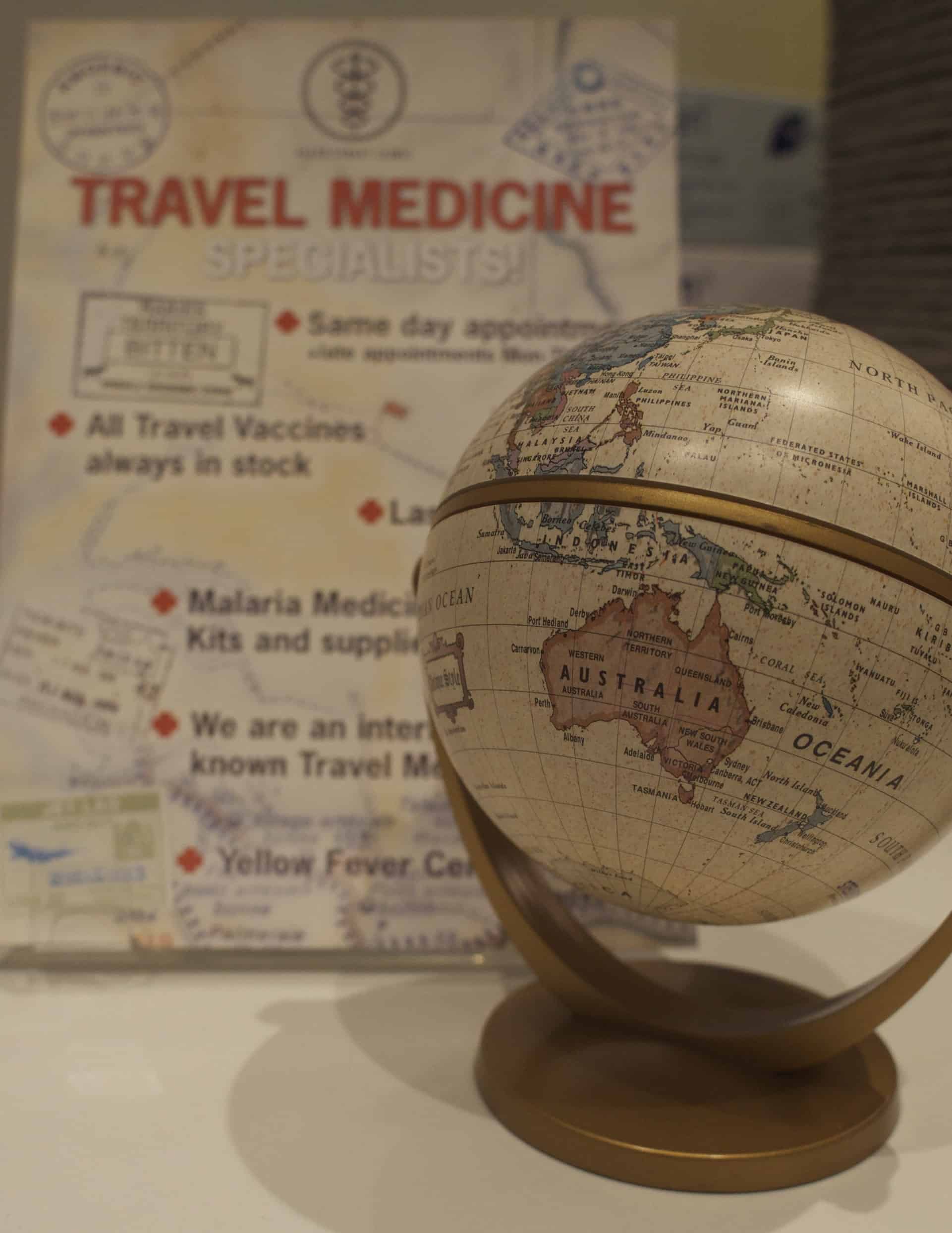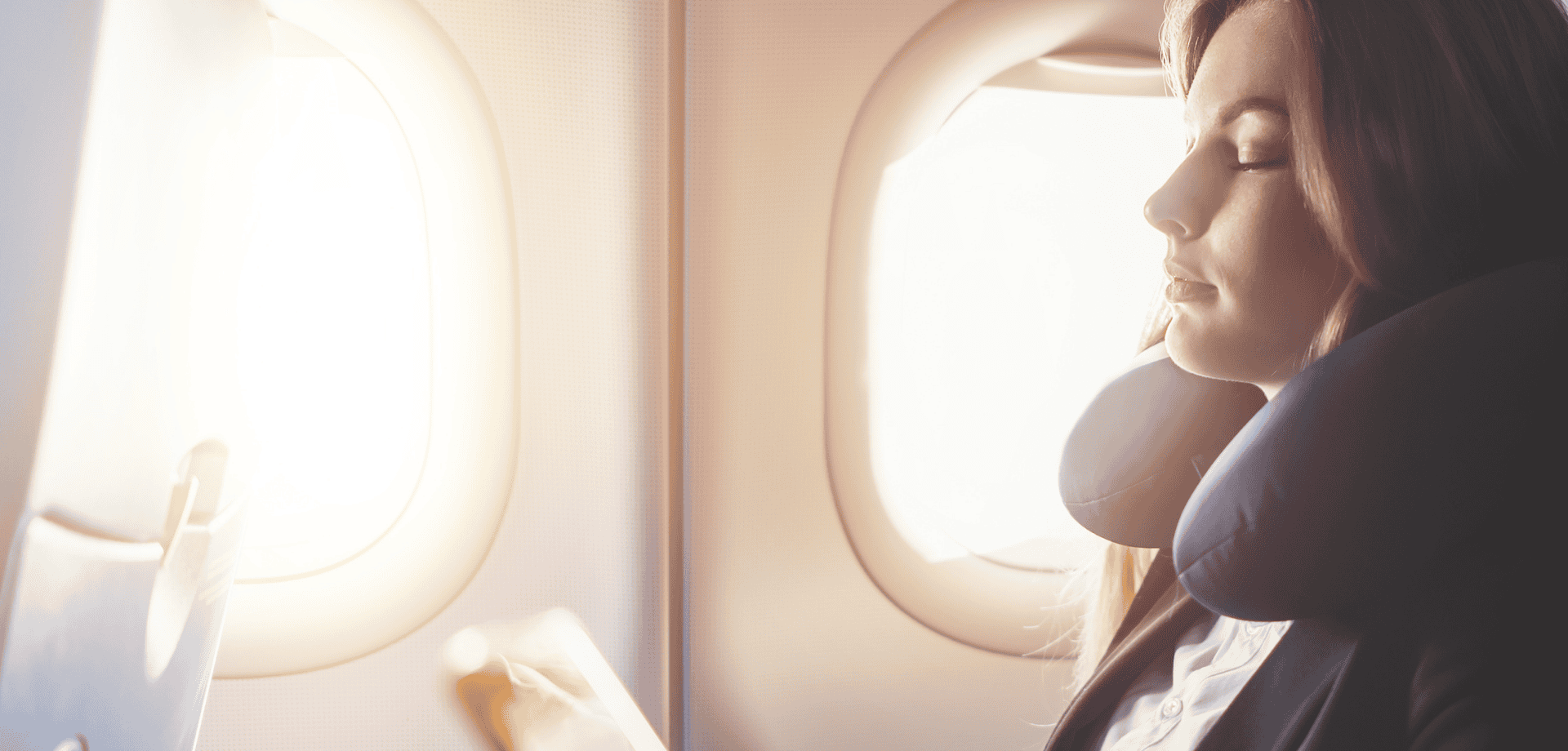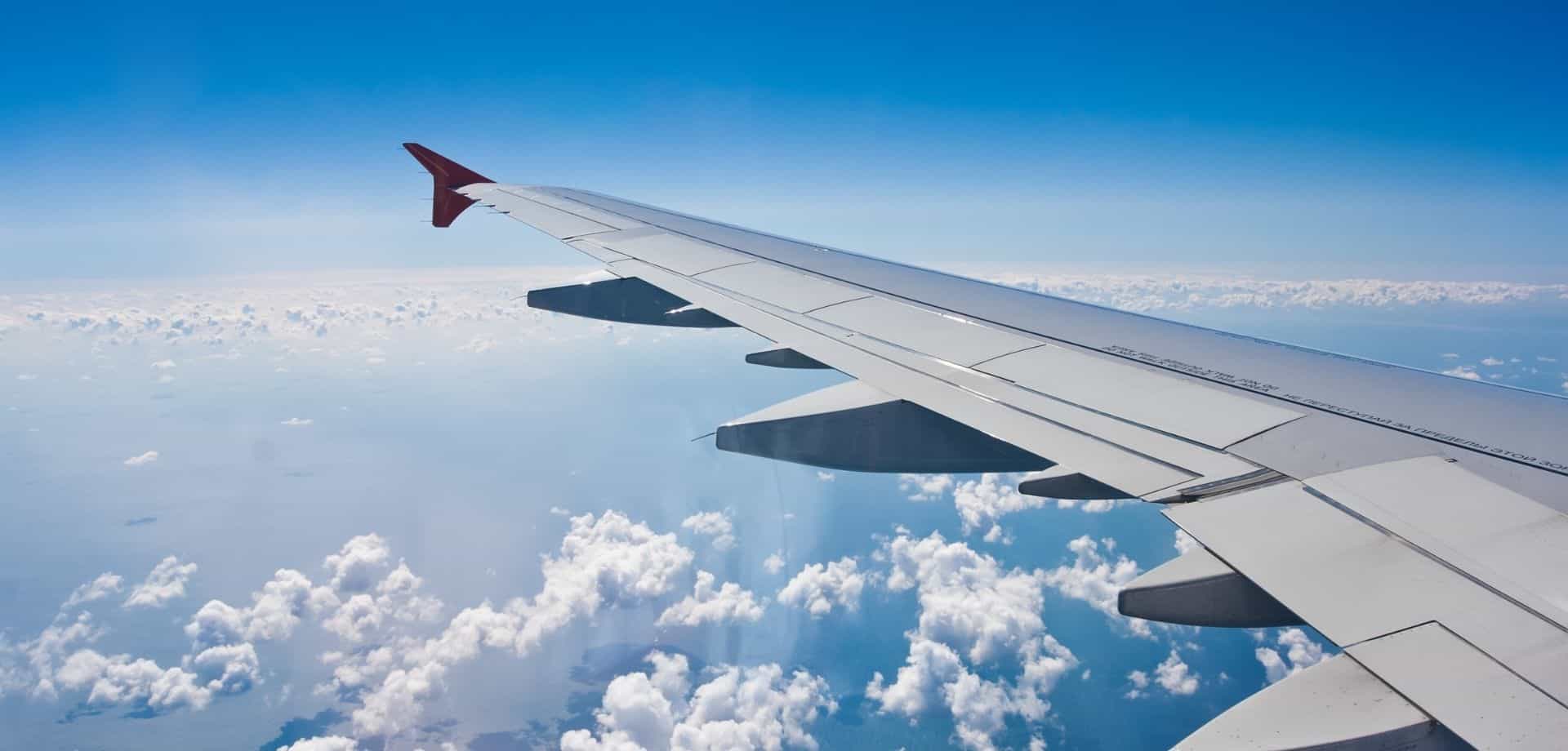Tag: Anna Chapman. Travel Tips
Myanmar is becoming an increasingly popular destination to visit in South-East Asia.
The golden pagodas of Yangon and the stupors of Bagan are top on most travellers itineraries, alongside a trip down the Irrawaddy river to Inle Lake.
The more adventurous may head to the islands on the Myiek archipelago or hike the hill station of Kalaw. Whatever the itinerary, it is essential to ensure you have sought pre-travel advice to ensure you stay healthy whilst abroad.
Vaccines
Travellers should ensure they are up-to-date with their routine immunisations. All travellers should ensure that they have received a vaccination against diphtheria, tetanus and polio (DTP) in the last 10 years. Other vaccinations that all travellers should ensure they are up-to-date with are Hepatitis A and Typhoid. Some travellers may wish to consider vaccination against hepatitis b, rabies, cholera and Japanese encephalitis. It is best to book a travel consultation with a travel nurse to discuss your route and your plans to ensure you are protected for all circumstances.
For more information on our vaccines, please visit our travel and wellness vaccination pages.
Malaria
The cities of Yangon and Mandalay have no risk of malaria. The majority of areas that travellers visit such as Bago, Inle Lake, Kyaikto Padoga and Bagan have a low risk of malaria and anti-malarial medication is not usually advised. The states of Chin, Kachin, Kayah, Rakhine and Sagaing have a high risk of malaria. Travellers visiting these areas are advised to take anti-malarial for this part of their trip. The malaria mosquitoes are most active during the evening. So, if you plan to visit a high-risk area, ensure you are cautious between the hours of dusk and dawn. Aim to sleep under a mosquito net to prevent bites whilst you sleep.
Insects
Myanmar has a risk of several non-vaccine preventable viruses that can be spread by mosquitoes. Dengue fever, chikungunya and Zika virus are the main culprits. These viruses are spread by mosquitoes that predominantly bite in the day. As there is no vaccination or medication that will prevent these illnesses, strict precautions must be taken to prevent being bitten. Wear long loose clothing and cover up as much as possible. Particularly between dawn and dusk. Wear a good insect relevant with a minimum of 50% DEET in it. Treat clothes with the insecticide permethrin for added protection. For short adventures, this can be done before your trip.
See our Ultimate Bug Kit.
Fancy a dip in Lake Inle?
Think again. Temperatures in Myanmar can reach 40 degrees and a quick dip in the lake may sound like a good way to cool off. However, there have been recent outbreaks of schistosomiasis infection in Myanmar. Schistosomiasis is a parasitic blood fluke. The fluke lives in freshwater snails and enters through the skin when an unsuspecting person takes a dip. The fluke causes infection of the liver, bladder and bowels and can lead to long term damage. The best way to avoid this is to avoid swimming or bathing in freshwater. The detection of schistosomiasis can take up to 8-weeks. You should visit a GP for a health assessment 2 months after your suspected exposure date, even if you haven’t yet returned to the UK.
First Aid
Some areas of Myanmar are remote. The further in-country you travel, the harder it will be to access medication and first aid supplies. In some areas, access will be non-existent. Packing a good basic first aid kit is essential to help treat minor injuries and illnesses. Include items such as dressings, plasters and antiseptic cream. They can help with minor cuts, scrapes and blisters. It is useful to pack items that can alleviate pain and treat upset stomachs, as these are common traveller’s health problems. Another medical kit you may want to consider is a worldwide gastro kit. Other items you may want to consider are anti-histamines for any mild allergic reactions.
If you take prescription medication to ensure you pack sufficient for your trip and carry a record of the medication with you.
Book your travel appointment today
By Anna Chapman | Travel Nurse | November 2019
Autumn in Japan
Japan’s Autumn runs from September – November and attracts many visitors each year to view the beautiful changing of the Autumn foliage, known as koyo.
Taking outings to appreciate the beauty of autumn has been a custom in Japan for centuries. For many years now, this has become a popular activity for tourists too. Visitors explore the whole country to find the best ‘Autumn’ spots to view the natural beauty of landscapes bursting with yellow, orange and red leaves.
This activity tends to divert travellers away from the urban cities and into rural environments. Unfortunately, this increases exposure to some harmful diseases.
If you’re planning a trip to Japan this autumn….check out our travel vaccination advice.
Tetanus
Whether you are visiting the ultra-modern counterpart of Tokyo or taking a trip to Japan’s must-see landmark of Mount Fiji, traveller’s should ensure they are up-to-date with their tetanus vaccine. The vaccination is a combination vaccine with diphtheria and polio (DTP), which is routinely given to all children in the UK. However, you should ensure you and your children are up-to-date with your routine vaccinations before travelling. The vaccine can be given once every 10 years to those at risk.
Arm yourself with Insect Repellent
You can catch a number of diseases from mosquito and tick bites. You can minimise your risk by wearing long loose clothing and wearing plenty of insect repellant with a minimum of 50% DEET. Our Ultimate Bug Kit is available to purchase online.
Japanese Encephalitis (JE) is transferred by mosquito bites. There is an increased risk for those travelling in rural areas with rice fields, marshlands, or pig farming areas. It is advised to avoid these areas, particularly during mosquito feeding times, dawn and dusk.
Those travelling to the Ryukyu Islands (Okinawa) should consider the Japanese Encephalitis vaccination as the highest risk season is typically April to December. Travellers with long-stays planned in rural area’s should also strongly consider the Japanese Encephalitis vaccine.
Tick-Borne Encephalitis (TBE) is transmitted by ticks and rarely by unpasteurised milk and dairy products. Travellers are at increased risk of exposure during outdoor activities in areas of vegetation (gardens, parks, meadows, forest fringes and glades). Ticks are usually most active between early spring and late autumn. We’d advise those travelling during that time to consider the TBE vaccination.
The main affected area is Hokkaido although there is a possible risk in Shimane Prefecture, Honshu.
Those travellers who aren’t planning on getting vaccinated should avoid eating and drinking unpasteurised milk products. We’d advise all adventurous eaters to consider the TBE vaccination prior to travelling.
Measles Outbreak
Earlier this year we saw outbreaks of measles across the globe, including a large outbreak in Okinawa in Japan. Most countries routinely immunise children against measles, in combination with mumps and rubella (the MMR). However, if for some reason you or your child have missed this then receiving two doses of the MMR vaccination before travelling will give effective protection. A simple blood test can determine immunity. Those found non-immune should book in for the vaccinations prior to travel.
The Flu
Seasonally Japan suffers from regular outbreaks of flu. Tokyo and other major metropolitan centres in Japan are very dense, which increases the spread of the flu. The flu vaccination available in the UK will dramatically reduce the chance of travellers catching the flu while abroad.
Flight Times
A flight from the UK to Japan are over 11 hours direct. Prolonged periods of immobility on long-haul flights pose a risk of developing a blood clot or, deep vein thrombosis (DVT). Travellers can minimise the risk of this by ensuring they keep mobile and hydrated on the flight, avoid wearing restrictive clothing, and wearing flight stockings to aid circulation.
Altitude illness in Japan
Rapid exposure to low amounts of oxygen at high elevation can cause altitude sickness. There are a number of places in Japan which are higher than 2,500 metres, such as Mt Fuji, 3,776m.
Travellers should avoid travelling from altitudes less than 1,200m to altitudes greater than 3,500m in a single day. An ascent above 3,000m should be gradual. Travellers should avoid increasing sleeping elevation by more than 500m per day. Also, ensure a rest day (at the same altitude) every three or four days.
Book your travel appointment today
By Anna Chapman | Travel Nurse | October 2018
Bali
Bali ranks as one of the most popular destinations to visit in Asia. It is crowned as the jewel of the Pacific ocean, with its white powder beaches, tropical waters and lush green rain forests. However, those who seek out this tropical paradise will need to spend an average of 18 hours travel time to reach the island, and will need to take more than one flight.
Be aware, long haul flying can increase the risk of a Deep Vein Thrombosis (DVT). A DVT can form in the legs when a person is immobile – usually in a confined space for a long period of time. The longer the period of immobility, the greater the risk of developing a DVT. It is also worth noting that a DVT can break off and travel through the veins to other parts of the body such as the lungs where it can be life threatening, while certain medications and medical conditions can increase an individuals chance of developing a DVT.
Prevention
- Ensure you stay mobile. Get up regularly, and walk around the plane to keep your circulation going.
- Do exercises that help your calf muscles contract in order to aid circulation.
- Keep hydrated by drinking plenty of non-caffeinated and non-alcoholic beverages.
- Wear loose and comfortable clothes to prevent any physical restrictions.
- Consider wearing compression flight stockings.
The Fleet Street Clinic stock compression stockings, travel vaccines and medical travel kits. Our experience team of travel nurses can help advise with any queries or more information on Bali.
Travellers should also be up to date with vaccinations against Diphtheria, Tetanus and Polio, Hepatitis A and Typhoid. Vaccinations against Japanese Encephalitis, Rabies and Hepatitis B should also be considered.
FLEET STREET TRAVEL CLINIC
Book your travel appointment today
By Anna Chapman | Travel Nurse | July 2018






